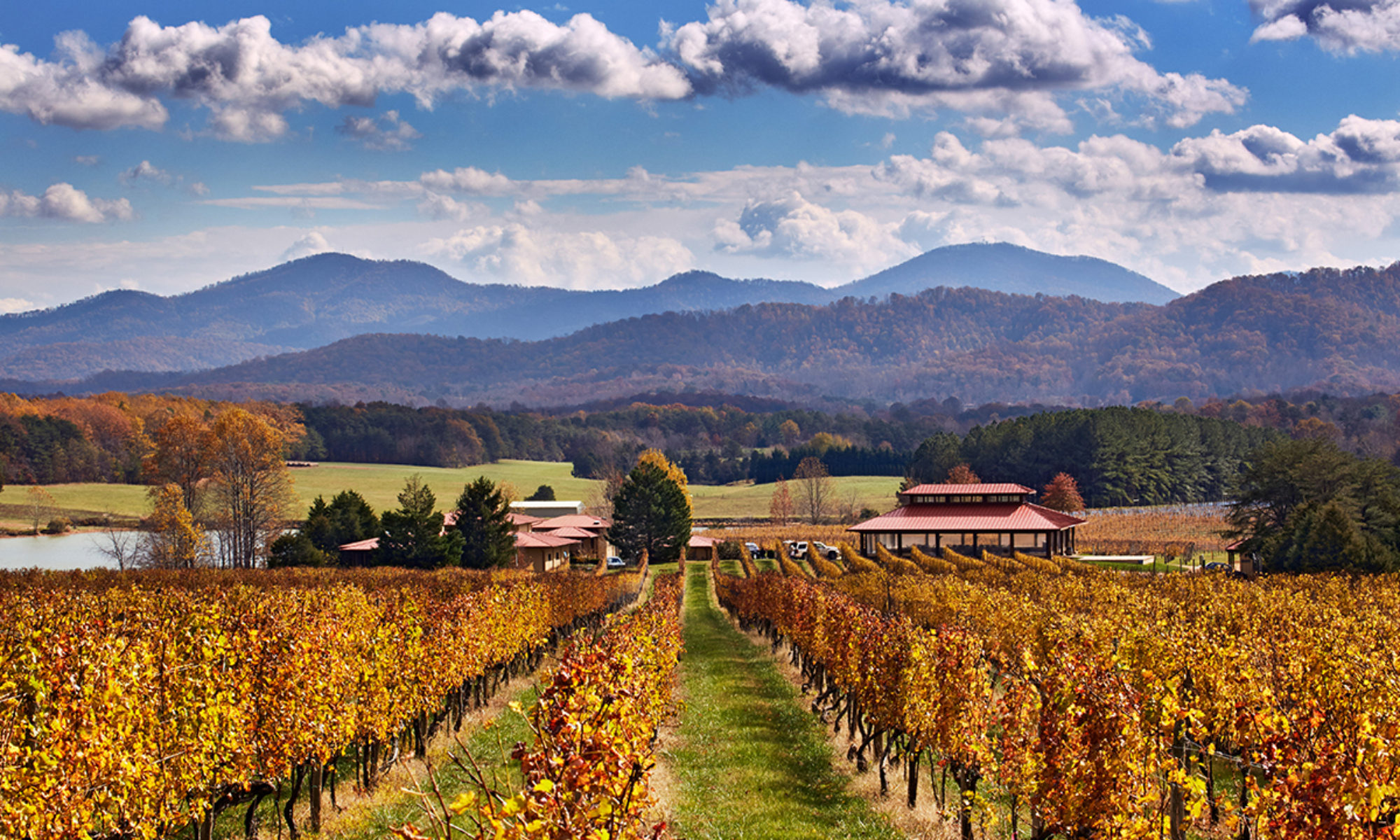Iron Heart Winery
Located in Allisonia, Ingles County, along Little Reed Island Creek and just below the New River, about 45 minutes southwest of Blacksburg. The winery’s name is steeped in local history: William Reason Tipton, a wounded Civil War veteran, started Reed Island Iron Company here in 1881, at the height of the industrial revolution in Virginia. The iron smelting complex operated, as the unincorporated town of Boom Furnace, until 1910. Bruce Farniss, descendant of a former mine superintendent, grew up on a nearby farm, and after a career as military doctor came back and bought his home farm as well as the Boom Furnace property. Son Adam Fariss returned home in 2009 to work with him to make the farm sustainable, including moving into grape growing. Fariss Farms planted grapes in 2011, and grapes were sold commercially until opening of the Iron Heart winery in 2016.
Wine. Tier III. Up to eight different wines available in tasting. Varietals are similar to those grown at other southern Virginia mountain vineyards, and include Riesling, Vidal Blanc, Chambourcin and Cabernet Franc. The art on the inventively-named (Moonlight Mechanic, Rattle Her Hocks, and Throw Away the Diamonds) wine bottle labels is first-class and unique, very impressive, with a Rosie-the-Riveter theme. Winemaker Adam Fariss taught himself the craft in order to help open a new direction for the family farm.
Setting. One star. Picturesque fields along the small creek. Beautiful tasting room in restored old wooden building. The charm of the setting is in the restored buildings from the 19th century iron works complex, which include some 60 houses, four stores, a mine, a hotel and a post office. Visitors can book overnight stays at some of the renovated cabins. Note the winery is generally only open on weekends.
Stories. Prohibition in Virginia. One of the biggest events of the twentieth century for many Virginians was without doubt the enactment of Prohibition. A key figure in the decision to “go dry” was Virginia governor Henry Carter Stuart, from Wytheville, a town some 20 miles from Iron Heart. Virginia’s experiment with prohibition did not come about suddenly, but after a long political battle led by groups such as the Woman’s Christian Temperance Union (WCTU) and the Anti-Saloon League (ASL). The state of Virginia went dry in November 1916, three years before national prohibition began. Virginia’s prohibition law was in some ways stricter than those passed in other states: breweries in Virginia were prohibited from producing any malt products for sale in-state. Virginia’s law did have some loopholes however: manufacturing of alcoholic beverages was allowed to continue, if the product was meant for sale in another state where such products were legal. Although Virginia established statewide prohibition through a popular referendum, it nonetheless faced several challenges in enforcing the new law. Its long coastline made it difficult to prevent smuggling, i.e. rum-running. It bordered on a wet state, Maryland, which made barely an effort to enforce national dry laws from 1920-1933. Some of the state’s big cities were reluctantly dry, most notably Alexandria, Richmond and Norfolk. In addition, Virginia had a long-established moonshining tradition in the mountainous western part of the state. BY 1933, the Temperance Movement had lost its strength, and Prohibition was repealed throughout the United States, and in Virginia. It would still be several more decades, however, before Virginia’s wine industry would get back on its feet.
